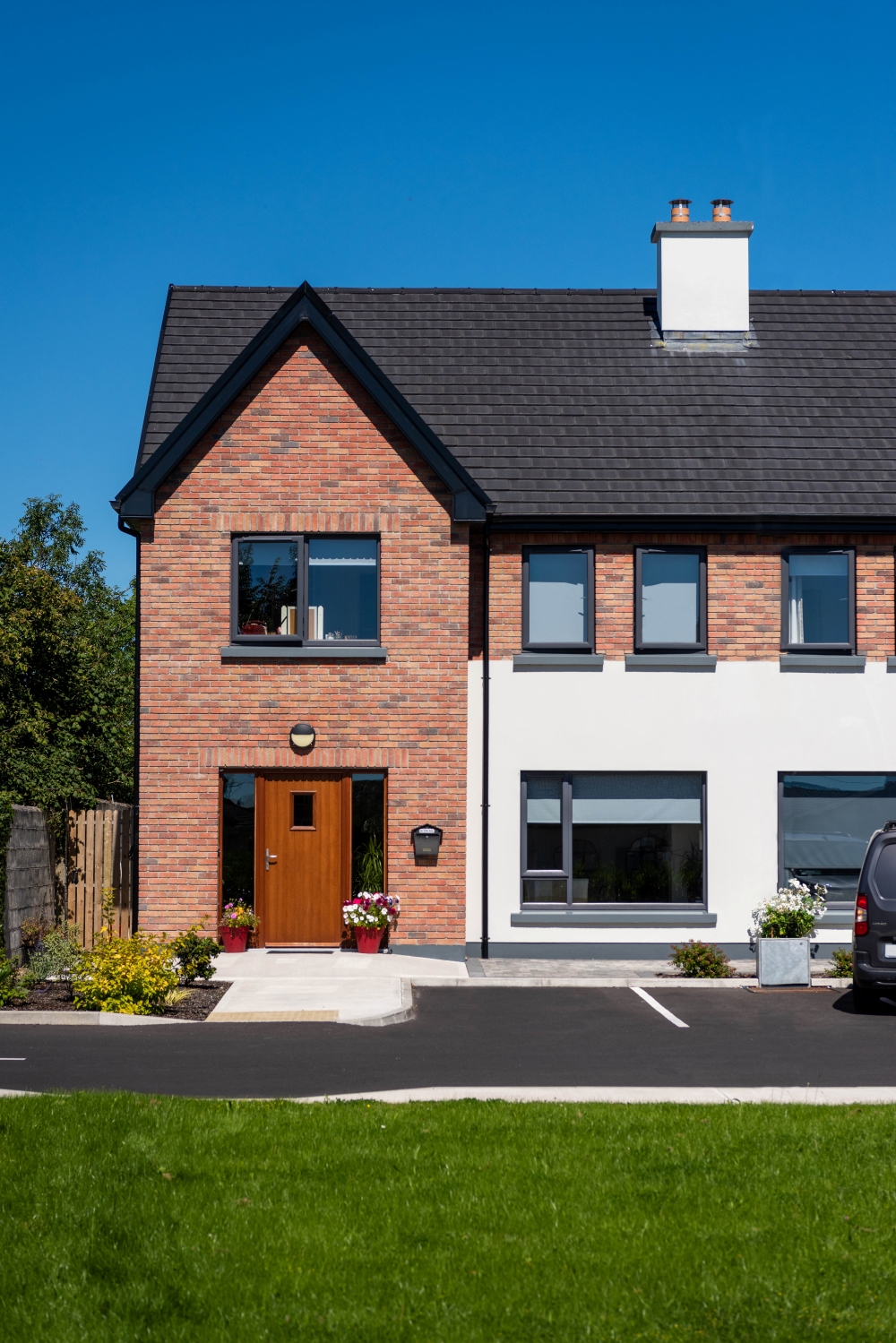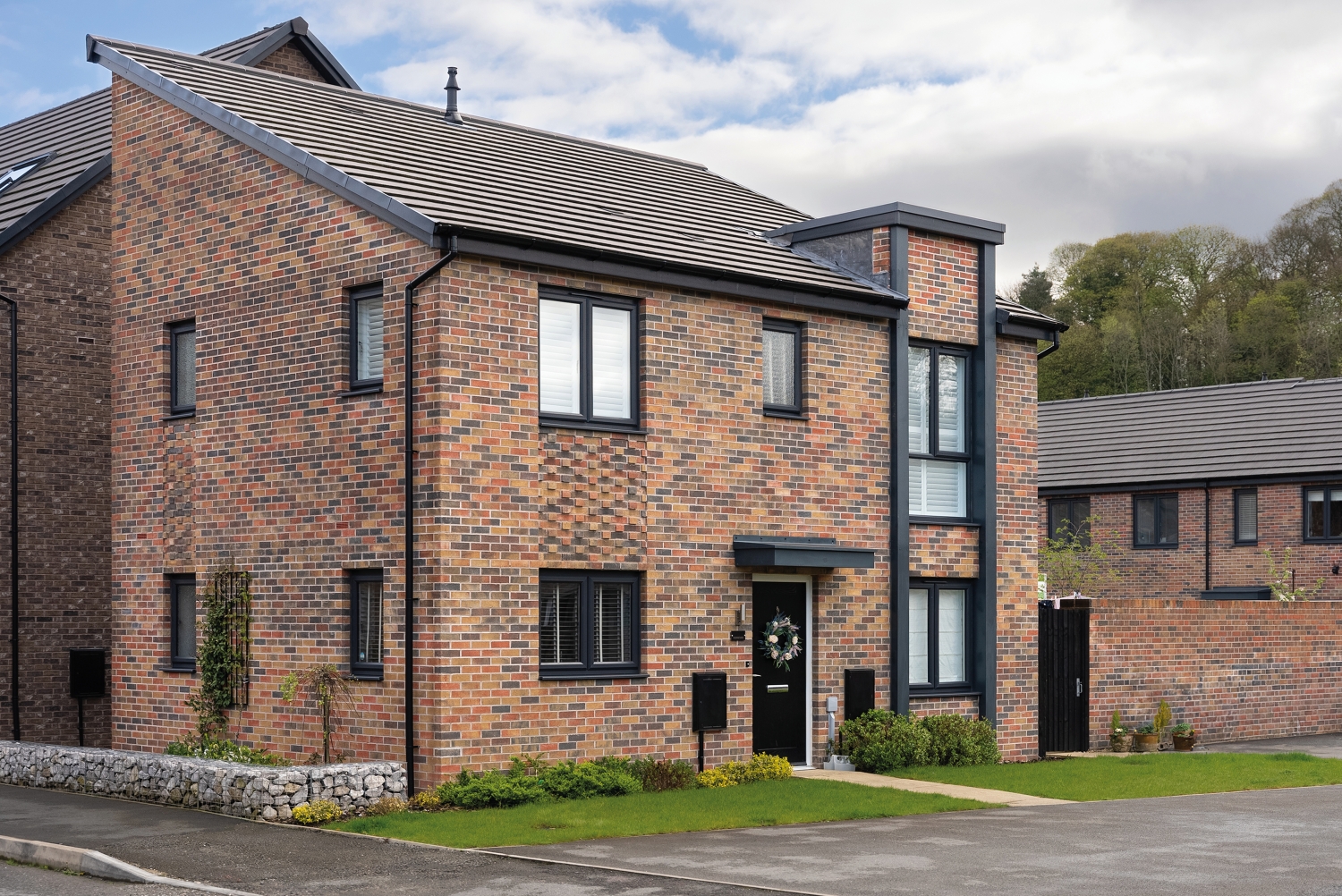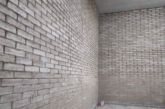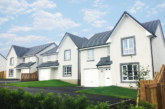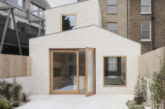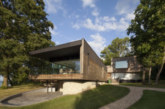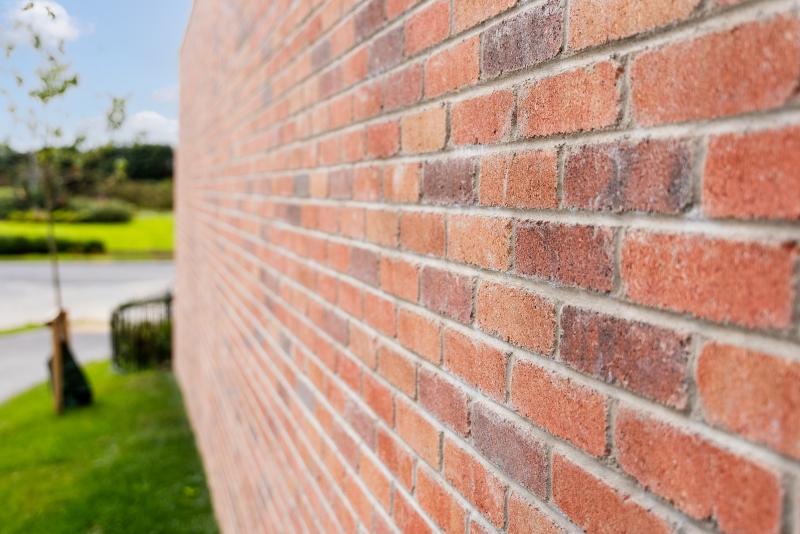
Housebuilders are facing a paradox. The UK government has urged them to ‘Get on and Build’, while British clay brick factory closures could, effectively, put a ‘block’ on building. However, there is a readily available alternative manufactured on UK soil – concrete facing bricks. So here, Tom Greening, Strategic Account Manager for Regional Housebuilders at Tobermore, explains what housebuilders should consider when specifying concrete facing bricks for their developments.
Recent clay brick factory closures mean the UK market has lost between 300 million and 400 million bricks from its manufacturing capacity. Those that are left are under pressure from capacity constraints and high energy prices. So, as the government wants home building to accelerate, developers could face ever-longer lead times and rising costs as clay bricks will need to be imported from the continent to meet demand. These increased lead times could significantly impact the build programmes for new home developments.
The problem is that delays won’t just eat into developers’ profits; they could result in hefty fines. To drive the delivery of its targeted 1.5 million homes within the next five years, the UK government has announced new powers for local councils. Delivery timeframes will become a condition of planning permission, and housebuilders will be compelled to submit annual reports showing build progress. A ‘Delayed Homes Penalty’ worth thousands for each unbuilt home will be introduced to penalise developers who consistently fail to build on consented sites or use planning to trade land speculatively.
The good news is that housebuilders can mitigate the risk of delays and safeguard material supply and prices simply by switching their specifications to concrete facing bricks.
Concrete facing bricks offer design appeal
New developments must have kerb appeal to attract home buyers and may need to tie into the local plan by matching the style and colour of bricks used in the neighbourhood. So, aesthetics will always be a key specification factor for specifiers and developers.
Concrete bricks are manufactured from cement, aggregates and iron-oxide pigments. They come in a range of colours from warm reds and vibrant buffs to contemporary slate greys, with smooth or tumbled finishes. This gives specifiers and developers a great variety to realise their design. They can choose concrete facing bricks that are virtually indistinguishable from traditional clay bricks and can opt to create a traditional finish, contemporary look or even cutting-edge designs
Concrete facing bricks offer excellent colour retention thanks to high-quality iron oxide pigments, ensuring they preserve their vibrant hues over time. Most reputable manufacturers vapour cure their bricks for a minimum of 12 hours during the manufacturing process to help reduce efflorescence.
Installation will support delivery programmes
When specifying a building material that is new to them, developers will need reassurance that it can be installed quickly and easily so that build schedules, quality standards and on-site work processes are met. Although there are small differences between how clay and concrete bricks are laid, most bricklayers are proficient at both. Reputable manufacturers also provide step-by-step installation guides and training, brick sample panels and on-site technical support to ensure a quick and smooth transition for those new to concrete facing bricks.
In terms of the actual installation, while concrete bricks are slightly heavier than traditional clay, the difference is minimal. In fact, their consistent sizing has been found to make it easier for bricklayers to achieve straight perpend joints, which improves laying speed. As a result, tests have shown that concrete facing bricks can be laid as efficiently as clay, achieving lifts of 1.5 metres or 20 courses per day (BS 8000-3).
Cut levels of embodied carbon
Sustainability is an increasingly important factor in specifying construction materials, with the 2024 pilot version of the UK Net Zero Carbon Buildings Standard setting ambitious annual targets for the carbon footprint of new homes. To meet these, developers must significantly reduce the levels of embodied carbon from construction materials.
Some materials have higher levels of embodied carbon than others due to their manufacturing methods. For example, the average levels of embodied carbon in clay bricks are 453.19kg CO2 per 1000 bricks. This is 56% higher than the levels of CO2 in Tobermore’s Kingston Facing Bricks.
To ascertain accurate sustainability credentials, always ask your manufacturer for the Environmental Product Declaration (EPD), which will include the specific levels of embodied carbon for that product.
Ensuring a reliable pipeline
To ensure that build programmes can be delivered on time and within budget, developers will need guarantees regarding the product pipeline. Again, concrete facing bricks have an advantage over clay here. Many UK manufacturers hold their core ranges in stock, and even if order volumes exceed readily available stock, concrete facing bricks can be produced at speed, so they can usually be delivered in line with site build schedules.
In terms of price, concrete facing bricks are typically more cost-effective so, as a guide, they will cost around 10% less than clay, regardless of manufacturer.
With the government applying pressure on housebuilders to build new homes at pace under the risk of hefty penalties if they fail to deliver, it makes sense for housebuilders to secure their supply chain now. Switching their specifications from clay bricks to concrete facing bricks makes good commercial sense. Not only are they cost-effective and readily available, but they also offer versatility of design, are easy to install and lower in embodied carbon.
For more information on Tobermore click here.

